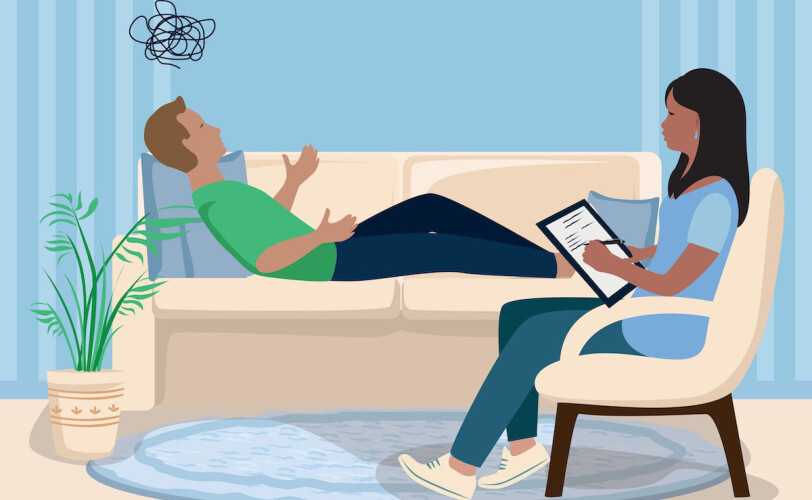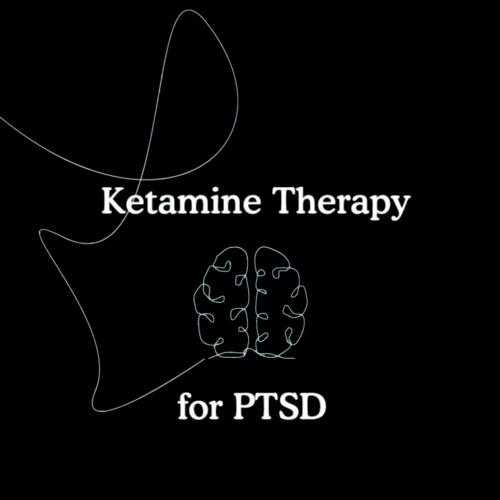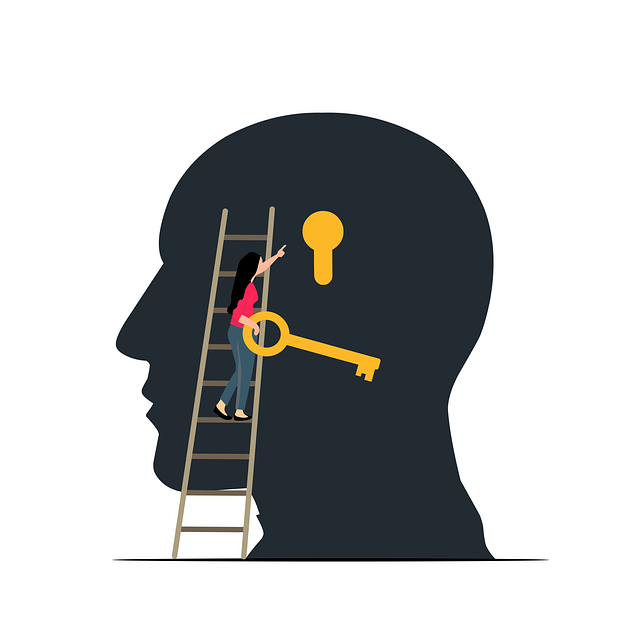Why Talk Therapy Matters in Modern Mental Health
In today’s fast-paced and often overwhelming world, many people are turning to therapy as a way to manage stress, navigate challenges, and improve overall well-being. Among the many therapeutic approaches available, talk therapy stands out as one of the most widely used and effective methods. It emphasizes the power of conversation—the simple yet profound act of speaking and being heard—to bring about healing, self-awareness, and personal growth.

Talk therapy is not new. It has been around for more than a century, evolving from early psychoanalysis to the wide range of therapies available today. Whether you are struggling with anxiety, depression, trauma, relationship challenges, or simply want to understand yourself better, talking therapies offer a safe and structured environment to explore your inner world.
This article provides a comprehensive look at talk therapy: what it is, how it works, the different types, and how it compares with other therapeutic methods such as cognitive behavioral therapy (CBT). By the end, you will have a clear understanding of this form of therapy and how it may benefit your mental health and personal development.
What Is Talk Therapy About?
At its core, talk therapy—also known as psychotherapy, counseling, or talking therapy—is a process where a person speaks with a trained therapist to address emotional, psychological, or behavioral concerns. Unlike casual conversations with friends or family, talk therapy takes place in a confidential, professional setting with a structured approach.
Key Features of Talk Therapy
- Safe Environment: Provides a private space to explore thoughts and feelings without judgment.
- Professional Guidance: Therapists are trained to listen, analyze, and provide techniques for coping and growth.
- Goal-Oriented: Sessions are often focused on addressing specific issues or achieving personal goals.
- Collaborative Process: Both client and therapist work together to uncover insights and solutions.
Talk therapy is not just about discussing problems—it is about developing insight, coping strategies, and new ways of thinking and behaving. Over time, it can lead to meaningful improvements in emotional health, relationships, and quality of life.
Types of Talking Therapy
There are many forms of talk therapy, each with its own approach and philosophy. Choosing the right one depends on personal needs, preferences, and the nature of the challenges faced.

1. Individual Therapy
One-on-one sessions between client and therapist. This is the most common form, offering personalized attention and deep exploration of issues.
2. Group Therapy
Involves several participants working with one or more therapists. Group therapy provides shared experiences, peer support, and opportunities to learn from others.
3. Family Therapy
Focuses on improving communication and relationships within families. It helps address conflicts, parenting challenges, and generational patterns.
4. Couples Therapy
Designed to help partners strengthen their relationship, resolve conflicts, and improve communication.
Each of these formats can draw from different theoretical approaches, which we’ll explore in more detail below.
What Are the Four Types of Talk Therapy?
Although there are dozens of therapeutic models, four major types are most frequently practiced.
1. Psychodynamic Therapy
Rooted in Freud’s psychoanalysis, psychodynamic therapy emphasizes uncovering unconscious thoughts, unresolved conflicts, and early life experiences that shape behavior. It focuses on building self-awareness and understanding the root causes of distress.
2. Cognitive Behavioral Therapy (CBT)
CBT is a structured, short-term approach that focuses on the relationship between thoughts, feelings, and behaviors. It teaches clients to identify and challenge negative thought patterns and replace them with healthier ones.
3. Humanistic Therapy
Humanistic approaches, such as person-centered therapy, emphasize empathy, self-acceptance, and personal growth. The therapist provides unconditional positive regard, helping clients explore their strengths and potential.
4. Integrative or Holistic Therapy
Many therapists combine elements from multiple approaches to tailor treatment to the client’s specific needs. This flexibility makes integrative therapy especially effective for individuals with complex or overlapping concerns.
What Is Talk Therapy vs CBT?
Because CBT is so popular, many people confuse it with talk therapy in general. However, there are important distinctions.
- Talk Therapy (General): Refers broadly to any therapy that uses conversation as the primary method of treatment. This includes psychodynamic, humanistic, integrative, and many other approaches.
- CBT (Specific): A structured, evidence-based form of talk therapy that focuses specifically on thoughts, emotions, and behaviors.
Key Differences
| Talk Therapy (General) | CBT |
|---|---|
| Broad term covering many approaches | Specific therapeutic method |
| Can be short-term or long-term | Typically short-term and goal-oriented |
| Explores unconscious, relational, and existential issues | Focuses on identifying and changing negative thought patterns |
| May include free association, reflection, or creative exploration | Uses structured exercises, homework, and thought records |
In short, all CBT is talk therapy, but not all talk therapy is CBT.
What Is Talk Therapy Also Called?
Talk therapy goes by several names, depending on cultural context, training, and therapeutic style. Common alternatives include:
- Psychotherapy
- Counseling
- Talking therapy
- Therapeutic conversation
While these terms are often used interchangeably, “psychotherapy” tends to be the most formal, while “counseling” is often seen as more short-term and solution-focused. Regardless of the label, the central idea remains the same: healing and growth through guided conversation.
Benefits of Talk Therapy
Talk therapy offers a wide range of benefits that extend beyond symptom relief.
Emotional Benefits
- Reduced anxiety, depression, and stress
- Greater emotional awareness and resilience
- Improved self-esteem and confidence
Cognitive Benefits
- Clarity in thinking and decision-making
- Better problem-solving skills
- Reduction of negative or distorted thought patterns
Relational Benefits
- Stronger communication skills
- Healthier boundaries in relationships
- Resolution of conflicts with family, friends, or partners
Long-Term Benefits
- Increased self-awareness
- Personal growth and fulfillment
- Lasting changes in behavior and lifestyle
Limitations and Considerations
While talk therapy is effective for many, it has limitations.
- Time Commitment: Some forms, like psychodynamic therapy, may take months or years.
- Cost: Therapy can be expensive without insurance coverage.
- Emotional Discomfort: Exploring painful issues may initially feel worse before it gets better.
- Finding the Right Fit: The effectiveness of therapy often depends on the relationship between client and therapist.
Recognizing these considerations helps set realistic expectations and encourages clients to commit to the process.
Who Can Benefit from Talk Therapy?
Talk therapy is versatile and can help with a wide range of issues, including:
- Depression and anxiety
- Trauma and PTSD
- Grief and loss
- Relationship difficulties
- Addiction and substance use
- Stress management
- Personal development and life transitions
It is not only for those with diagnosed mental health conditions. Many people use talk therapy for self-growth, better communication, and emotional well-being.
Practical Tips for Getting the Most Out of Talk Therapy
- Set Clear Goals: Decide what you want to achieve (e.g., reduce anxiety, improve relationships).
- Be Honest: Share openly, even when it feels uncomfortable.
- Stay Consistent: Regular sessions create momentum and trust.
- Engage in Homework: Some therapies (like CBT) may include exercises between sessions.
- Build Trust: A strong therapeutic relationship is the foundation of success.
Conclusion: The Lasting Impact of Talking Therapies
Talk therapy remains one of the most powerful tools for improving mental health and emotional well-being. Whether through psychodynamic exploration, structured CBT, or humanistic approaches, the process of talking with a trained professional offers healing, clarity, and personal growth.
By understanding what talk therapy is, its types, benefits, and limitations, you can make an informed decision about whether it is right for you. At its heart, talk therapy is about connection—the simple yet profound act of speaking, listening, and discovering yourself in the process.



